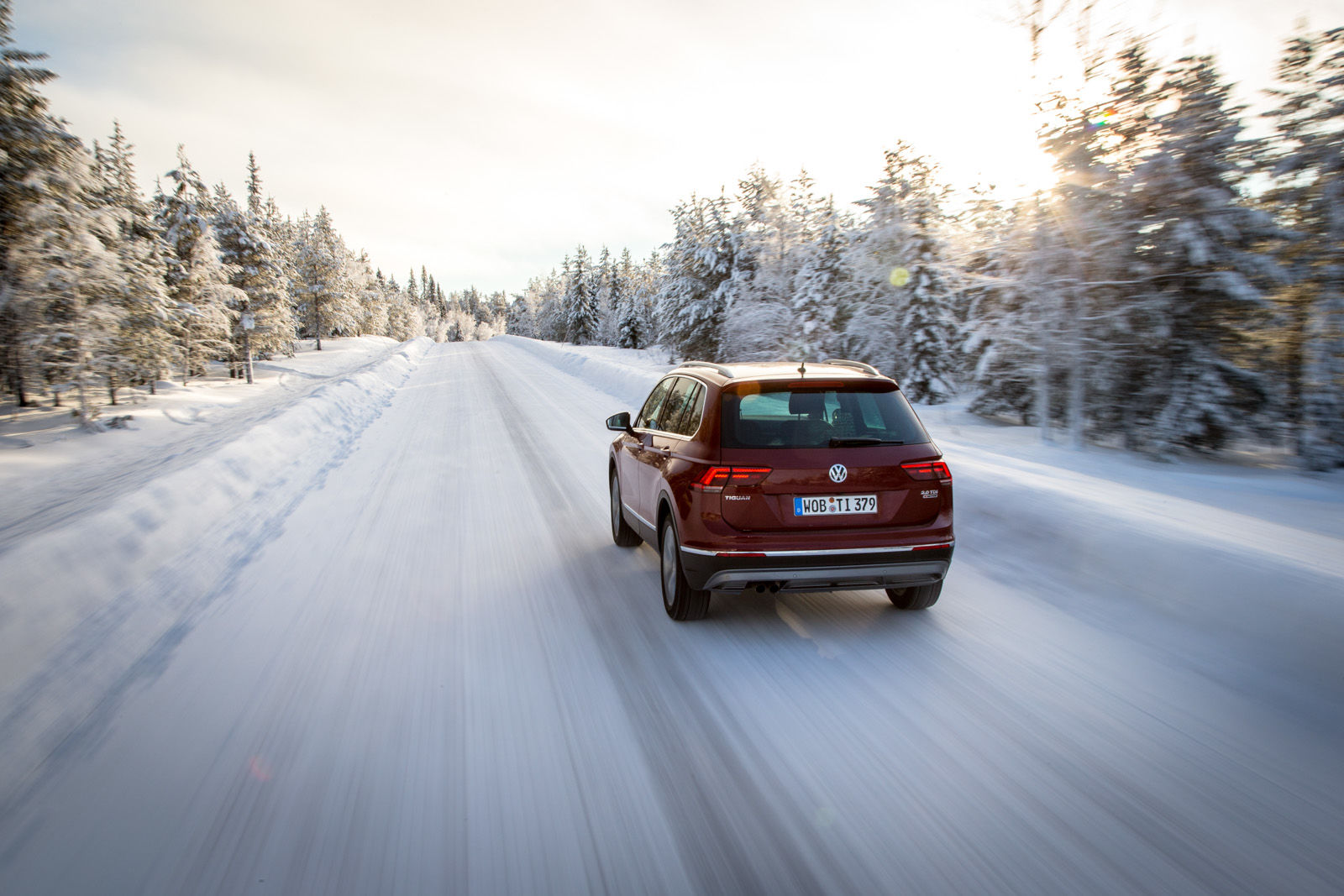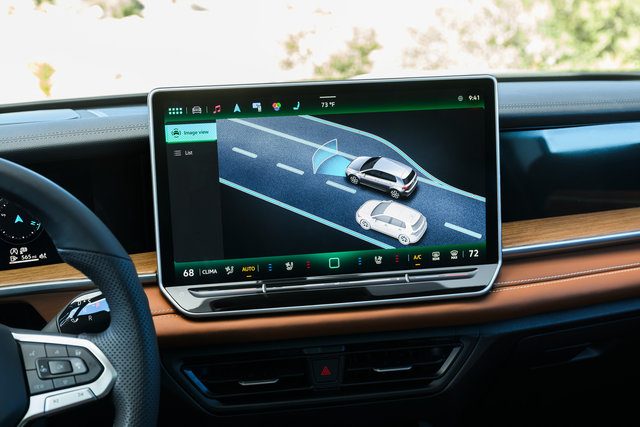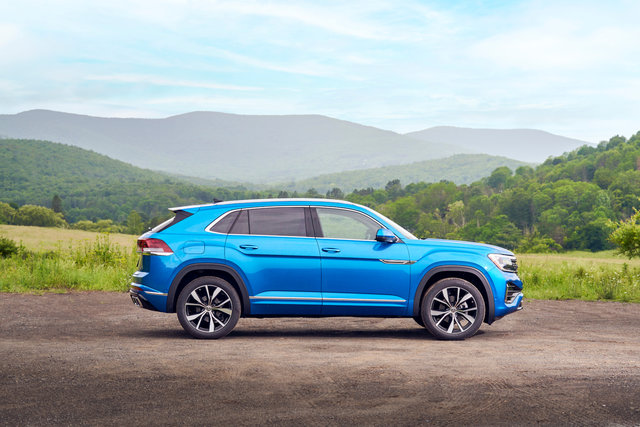It takes longer to stop on a slippery road. It’s important to leave plenty of space between you and the vehicle ahead. A guide to safe spacing under normal driving conditions is the two-second rule.
Two-Second Rule
1. Pick a marker on the road ahead, such as a road sign.
2. When the rear of the vehicle ahead passes the marker, count “one thousand and one, one thousand and two”.
3. When the front of your vehicle reaches the marker, stop counting. If you reach the marker before you count “one thousand and two”,
you are following too closely.
In winter, and especially during poor weather conditions, double the two-second rule.
Snowy Roads
Snow on a road may be hard-packed and as slippery as ice. It can also be rutted, or it can be smooth and soft. Wet snow can make for slushy roads. Heavy slush can build up in the wheel wells of your vehicle and can affect your ability to steer. Remember, look far ahead as you drive, so you can recognize hazards and have plenty of time to respond. Adjust your driving to the road and weather conditions. Slow down and avoid sudden turns of the steering wheel, and sudden braking and accelerating, which could cause a skid. Extra caution should be exercised when driving in these road conditions.
Ice
Be careful when approaching shaded areas, bridges, and overpasses, as these sections of road freeze much sooner in cold weather and stay frozen long after exposure to the sun. Watch out for frost, areas of the road that appear black and shiny, as this can cause your vehicle to suddenly lose traction. Slow down, keep your foot off the brake, and be ready to shift to neutral or step on the clutch pedal as your vehicle crosses these areas.
Snow and Slush Spray
On snowy, wet and slushy roads, large trucks and buses can throw moisture onto your windshield, leading to a sudden loss of visibility. Always drive defensively and leave enough space to minimize snow spray.
Visibility
It is critical for drivers to see and be seen in low-light conditions, and when blowing snow and white-outs affect visibility. Whenever visibility is poor, turn on the vehicle’s full lighting system.
Play it safe!
Severe winter driving conditions may make you nervous, uncomfortable, or fearful. Stay off the road unless your trip is absolutely necessary. Proper preparation and the right skills will help you face the challenge of winter driving.








